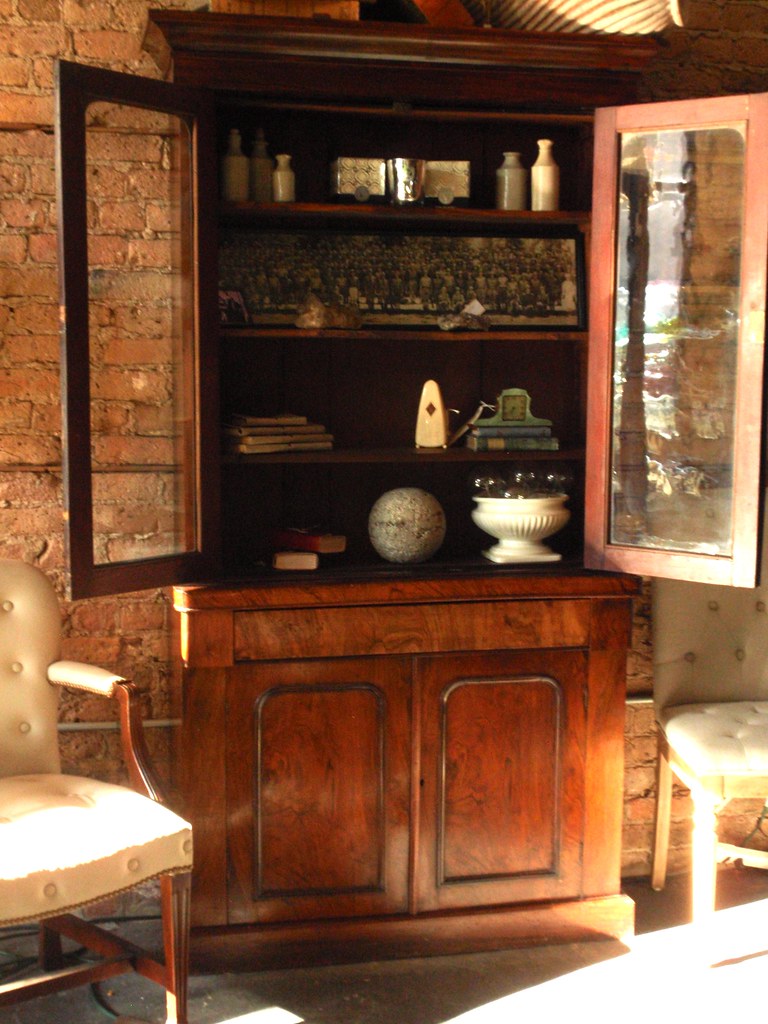
November? Already?
Forgive me: I seem to have dozed off there for a few--well, months. You know how it is: you close your eyes for just a minute and next thing you know, it's three months later. We all do it, so don't lie. Fortunately, a number of faithful readers noticed my long absence and recently sent me email wake-up calls. OK, John H & Nicole sent me emails, but hey, two is a number. And speaking of sleeping, don't forget to set your clocks back an hour tonight.
Writers of newspaper articles tell us that a lot of people will be sad to see it get dark so early from now on, but not me. No, this is my favorite time of year--cold, gray and damp, with soggy grass, and dead leaves skittering over the sidewalks. After night falls, it's even better. Nothing beats coming home on a cold night to find all the lamps lit and dinner ready
John Hookham's The Painted Parlour by Firelight, from Twentieth Century Decoration by Stephen Calloway
--even if the lamps are on timers and dinner comes in a cardboard box from Pizza Hut. Actually, I'm fine with both of those things: I just pretend it's the servants' night off. Anyway, that calm, settled, cozy look works just fine at home, so I decided to try to create the same atmosphere here in the shop. I figure if I have to spend as many hours here as I do, then being here needs to feel as good to me as it does being at home, and since, after a year and a half, I've made friends with a lot of our customers, it should feel good to them, too. After all, we're not the only antique shop in town: our customers can shop at a lot of other stores--and most of them do--but it's nice to go someplace where you feel you're more than just a name on an account, and if a shop has a place to sit down
and chill after a hard day of work (or shopping), well, it seems to me that that would be a good thing. So, in a few weeks, we're going to start staying open late one evening a week. Maybe I'll have some company, and maybe not. And if somebody does show up, maybe they'll buy something while they're here. Then again, maybe not. Maybe they'll have already spent all their money before they get here. Maybe we'll just sit around and talk about decorating. I don't know. I tend to do that anyway--talk about decorating--and most of my friends reached the saturation point a long time ago: they don't want to hear it. At any rate, I really have no idea what will happen, but I'm going to find out. This moody painting by Haddon Sundblom perfectly captures the relaxed vibe that I'm hoping to recreate in the back corner of the shop for the next month or two (or, at least, until somebody buys the bits & pieces, whichever comes first) although I don't want to give anyone false hopes:
that is, there will not be a private chef cooking steaks to order in our fireplace. That would be hard to do, since our fireplace in the shop is just a fake. Beer, on the other hand, is on the Definite Maybe list. We'll see.






















































